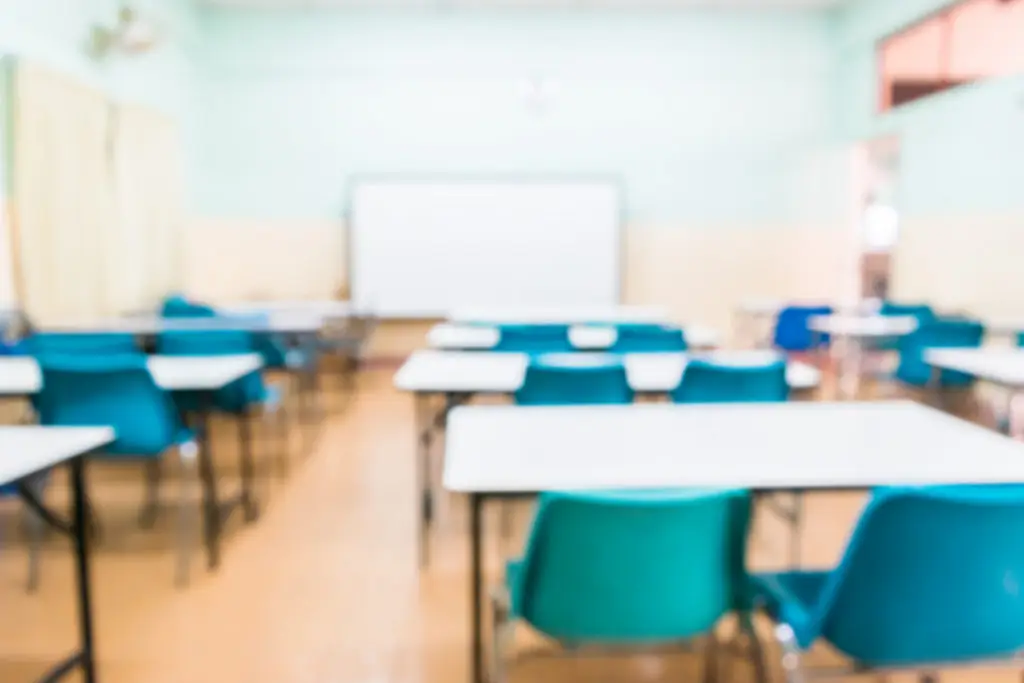As schools reopen, it is less clear than ever what public education is for. States and districts resist testing students to see what they know now, and many won’t judge schools on whether anyone learns. National assessments are on hold, and traditional elements of the curriculum—and even grading—are under assault as supporting white supremacy.
Yes, people are concerned about kids’ emotional well-being, and want to give students a lot of support as they emerge from eighteen months away from school. But the trends away from measuring results and holding people and institutions accountable had been building for years. It is not at all clear what Americans expect schools to do with respect to math, literacy, and science, and any past consensus about teaching history or citizenship has evaporated as these subjects were swept up in culture wars.
Our priorities for public education have shifted—away from academic learning and toward therapy and custody. The latter objectives were always present, but today’s movement away from “solid” subjects is a big change. In the late nineteenth century, Americans invested in K–12 education for everyone and made attendance compulsory because of the need for a literate, numerate, and informed workforce and electorate. It’s fair to ask whether public education is really about those things any more.
In previous crises, educators didn’t set aside traditional academic instruction. After the Hurricane Katrina disaster in New Orleans, when kids returned to school after a year or more of trauma, school leaders thought they needed good teaching above all else, both to preserve their futures and help them regain a sense of purpose.
Adult issues (fear of noncompliance with federal regulations, reluctance to impose scheduling and effort requirements on teachers, union opposition to school reopening even when local infection rates were low) came to the fore after schools shut down in March 2020. Now schools are reopening but teachers in some places are being told that nobody will fuss about how much kids learn this year.
Many parents seem okay with this, settling for schools that keep kids unpressured and content. Other families, not buying this, have shifted to private schools where academic goals are still clear, or are directing their own kids’ schooling. But a lot of parents, educators, and ordinary citizens seem to be going along.
Now and into the indefinite future, what will we understand public schools are for? In the absence of clear learning goals or accountability, why should parents be required to send kids to school and childless taxpayers forced to pay for them? It’s still true that America needs young adults to be ready for higher education and training in professions, and to become part of a thoughtful electorate. But the institutions created to seek those goals have, in many places, lost their focus. Consensus about the goals of public education has eroded, and our growing polarization and civic distrust will make it hard to restore.
It might all blow over. In a few years Americans might experience another Sputnik-era panic about how far our kids have fallen behind kids in Europe and Asia. Fear about our national competitiveness might rehabilitate hard subjects, rigor, clarity about results, and educator accountability. But the pendulum could swing too far, back to the narrow measurement-based pedagogy that was rightly abandoned a few years ago.
Happily, in cities like Baltimore and Cleveland, and in hundreds of small towns and rural areas, schools have kept on teaching. But elsewhere, in localities where culture wars, teacher militancy, and polarized debates about anti-racist teaching have been debilitating, public education has no agreed-upon goals.
Big convenings and expansive visioning will not solve this problem. Recent standard-setting initiatives have let every faction toss its own aspiration onto the pile. Those responsible for public education must decide not what would be nice for public schools to provide, but what they absolutely must do.
Governors, as the state officials ultimately responsible for education, must exhibit the same kind of mental clarity and courage that many displayed during the 2020 “stolen election” crisis. Tell teachers their job is instruction, and the results will be measured and then used to build on what works and move away from what doesn’t. Tell parents their kids’ learning can’t be postponed any longer. Tell grassroots culture and anti-vaccine warriors that they are threatening their own children’s futures and need to let schools teach.
Ideological conflict has left a burnt-out void at the center of public education. It won’t be refilled until professionals, parents, and party leaders focus again on the need for rigor and quality in the teaching of core subjects.




